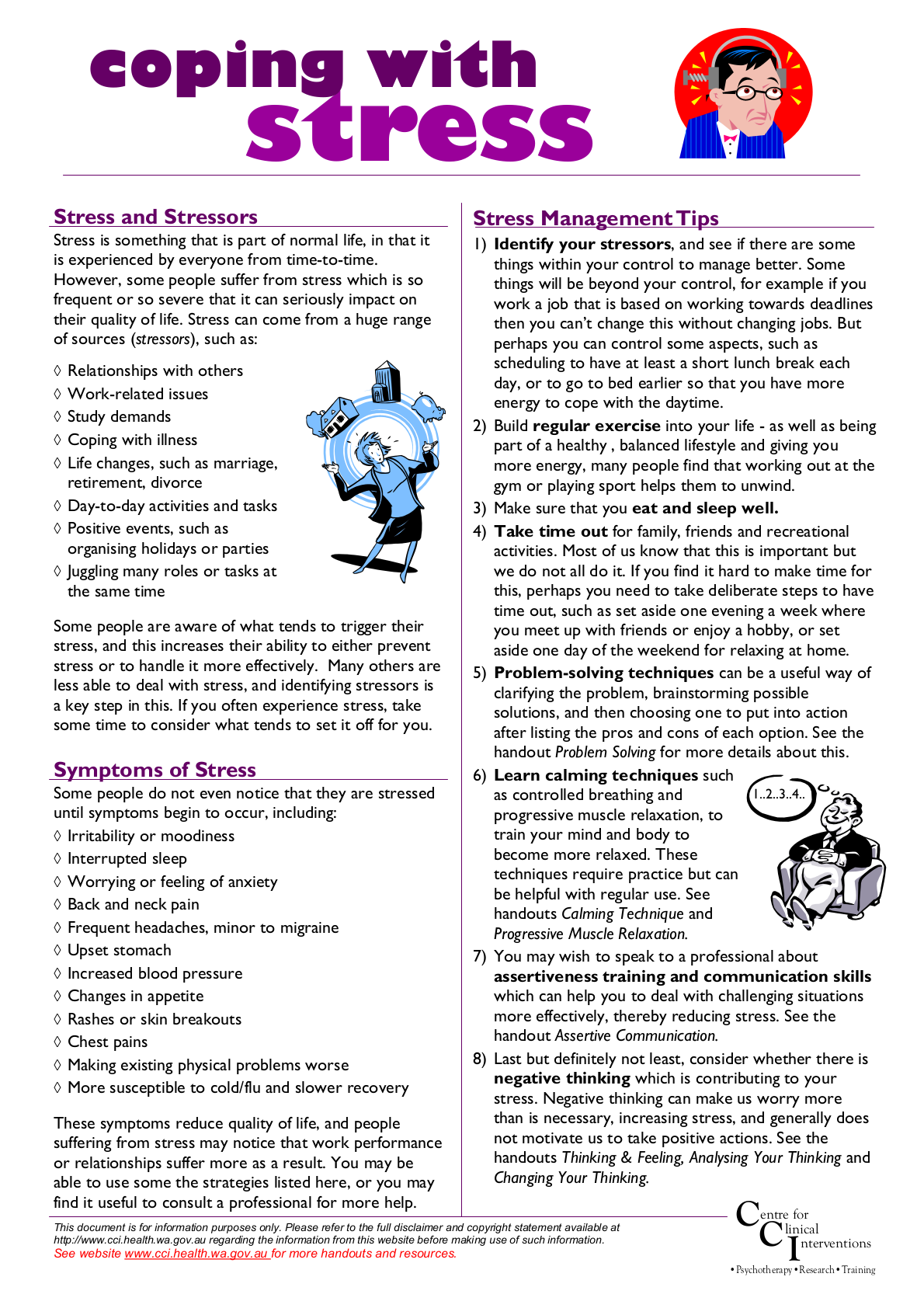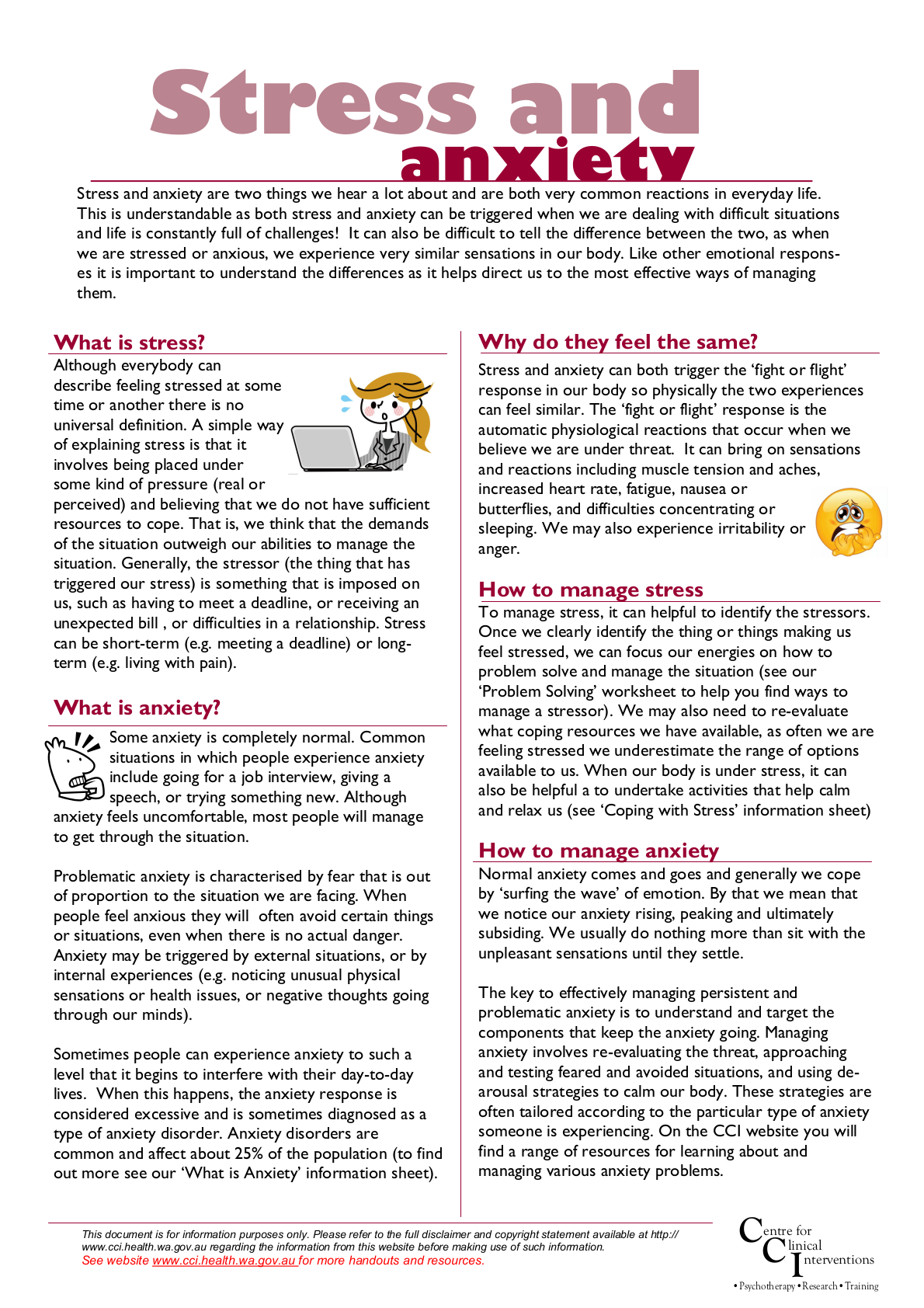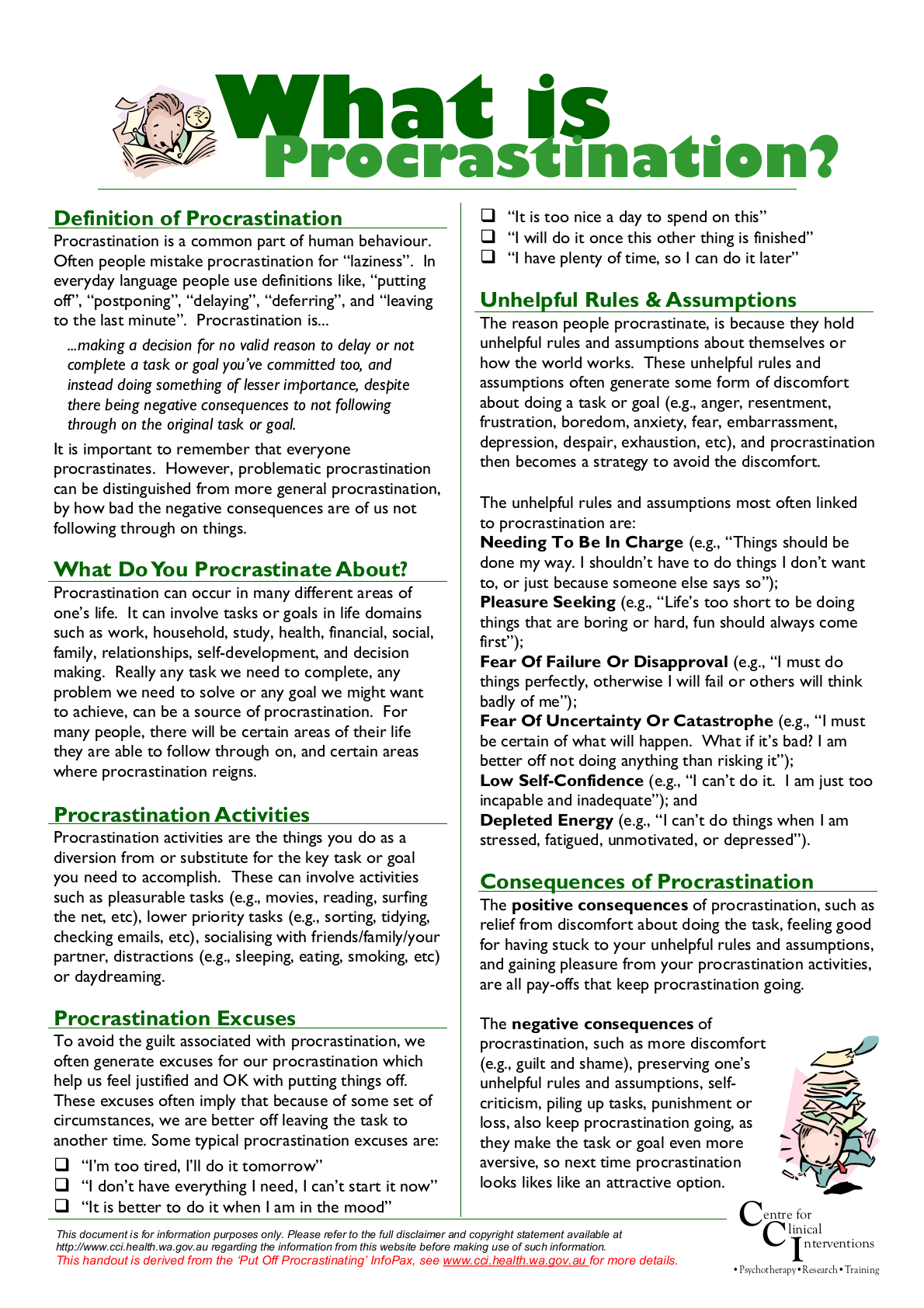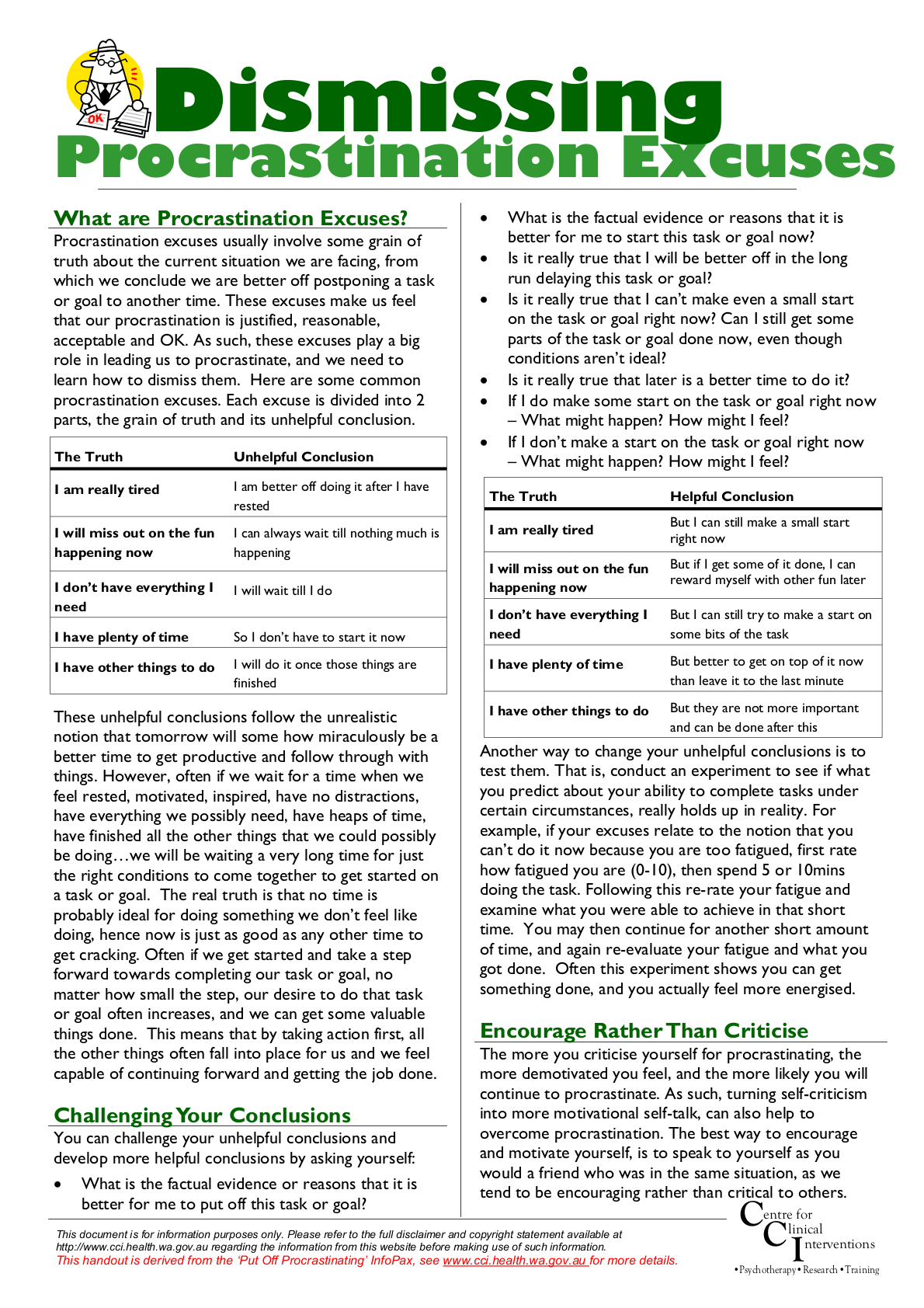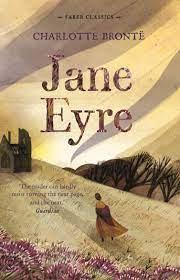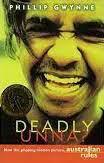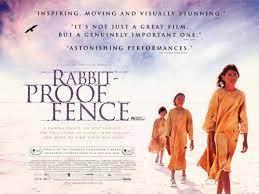9-12 Community News

We are sure that, for many of us, this week began with anticipation that we may see the end of the remote learning period. Unfortunately, based upon the most recent announcements, that was not the case. There was the promise of some respite from restrictions and some positive planning for the weeks ahead, but for the moment, we will all continue adapting to the challenges that we share. We wish to congratulate all students, families and staff in the 9-12 Community for the way they have been managing themselves in this period and urge you all to continue with the positive approach that you have adopted to the challenges that we have all faced.
One of the positive steps forward was the announcement of the rescheduled General Achievement Test (GAT) date. The GAT will now be held on 5th October, which is the Tuesday of the first week of Term 4. The GAT is for all students undertaking Units 3/4 studies and/or VET ‘Scored’ subjects. Details around the arrangements for the GAT will be shared with students and families in the coming weeks.
It was also announced that VCE students are encouraged to get vaccinated, with the aim to have all VCE students having had at least their first vaccination by the time the final exams begin in October. Earlier in the week, the College shared with parents of Years 10-12 students, a letter from GV Health announcing ‘priority vaccination access’ to school communities in the Shepparton region. Further announcements around plans for the vaccination of VCE students are expected in the next few days. The news we do know is that the government is setting a ‘window’ from 7-17 September to help in this process. More details will be made available as soon as we have them.
During our TA time this week, our Year 11s and 12s were fortunate to have a presentation from our Wellbeing Officer, Jake, who spoke to the students about stress, anxiety and procrastination.
Jake spoke to the students about identifying their stressors and how, once these are clearly identified, we can focus our energies on how to problem solve and manage the situation. When our body is under stress, it can also be helpful to undertake activities that help calm and relax us. A Coping with Stress information sheet is attached below.
It was really pleasing to hear that our students are already using strategies such as exercise, connecting with family and friends, eating and sleeping well, meditation and mindfulness to help self regulate in stressful situations.
Procrastination is a common part of human behaviour. Often, people mistake procrastination for 'laziness'. In everyday language, people use definitions like, “putting off”, “postponing”, “delaying”, “deferring” and “leaving to the last minute”.
I spoke to the students about what this looks like and how it can have an impact on their study regime and time management. I told them that I have a tendency to ‘procrasterbake’. My family enjoys the cakes, biscuits, brownie and other delights, but it does not help me get my jobs done! The truth of the matter is that no time is probably ideal for doing something we don’t feel like doing, hence now is just as good as any other time to get cracking.
It is important to encourage your child to ‘get started’ and take a step forward towards completing their task or goal. No matter how small the step, desire to do that task or goal often increases when achievement can be seen, and we can get some valuable things done.
This means that, by taking the first step and taking action, this helps the other things fall into place and we feel a sense of accomplishment in getting the job done. This is particularly important in this period of remote learning, when students may not have the constant or in-person presence of teaching staff to offer support and guidance.
Taking the first steps to getting the job done and attempting to be and do your best, is all we ask!
While some of the focus of our Wellbeing Officer Jake’s time has been upon the Year 11 and 12 students this week, both Jake and Sandy Carver, our other Wellbeing Officer, have been in contact with students in Years 9 and 10 and will be addressing the entire cohorts over the coming weeks.
Beyond the classroom, our students have been engaged in many other activities that have been on offer including the PE Challenge, Lockdown Olympics, Book Week and the 5-12 Writing Competition. Don't forget to check out the competition that has been advertised on our College social media pages and in today's Community News section, where students have the opportunity to name the new Residential Estate being developed in Kyabram.
So many of us are experiencing challenges right now. Over the last few weeks, we've been sharing some clips and information from Martin and Hugh where they've opened up about the things they are (and aren't) doing to help their mental health. Not only are the boys wildly different in personality, but so too is their approach to working on their wellbeing.
These tips may or may not work for you, however if you're keen to try something new, we hope they provide some inspiration.
https://www.youtube.com/watch?v=2r7zO47eV5o - Hugh
https://www.youtube.com/watch?v=rcXDG3-gP-c - Martin
Michelle Downie Brad Downie
9-12 Community Leader 9-12 Community Leader
Wellbeing & Community Student Learning and Professional Practice
Years 9 and 10 Literature
19th Century Literature - Popular Authors and Classics
Essay by Olivia W
Teacher: Denise Stewart
The 19th Century was a booming time for writing and many famous authors and their novels came from this era. For example, Charles Dickens is a well known writer from this time period who used writing as a way of critiquing society and to express his ideas views and values. His infamous novel, “A Christmas Carol” explores the hardships of the poor and questions why the wealthy are not generous. A 19th Century female authors Jane Austen who also writes about her views and values of 19th Century England, however her writing incorporates more thought regarding the objectification of women and the pressure to marry for money and wealth instead of love in the text “Pride and Prejudice”. During the 19th Century another female author had to opportunity to publish in her own name being Charlotte Bronte. Bronte’s works explore gothic themes along with the society she lived in with themes of marriage, belonging and employment. One of Bronte’s more well known works is “Jane Eyre” which incorporates ideas of marriage, mental health, abandonment, belonging and employment.
Specifically, in the novel “A Christmas Carol” Dickens antagonistic character named Scrooge is rather symbolic of the 19th century of the 19th century aristocratic society and its unwillingness and reluctance to care for the less fortunate. An example, of this is when Scrooge is visited on Christmas Eve to collect money to the poor and he retorts “If they would rather die…they had better do it, and decrease the surplus population. ” proving that Scrooge is a selfish and lacks empathy. In addition, Scrooge is visited by the ghost of his ex-business partner named Marly who also warns Scrooge of the repercussions of his life choices, “Mankind was my business” enticing Scrooge to reconsider his own life choices. Furthermore, Scrooge is visited by three spirits who also attempt to enlighten Scrooge to consider changing his negative and bleak attitude, the first of the three spirits, named the “Ghost of Christmas Past” takes Scrooge back to his childhood to evoke memories for Scrooge to help him understand why he is so resentful, here Scrooge sits alone in a classroom “A solitary child, neglected by his friends, is left there still” Whereby Scrooge is emotionally moved by this scene. Next, the second of the three spirits, “The Ghost of Christmas Present” takes Scrooge to his employee’s house, Bob Crachit, where he witnesses the poverty and the needs of Tiny Tim, “Alas for Tiny Tim, he bore a little crutch, and had his limbs supported by an iron frame” here Scrooge begins to feel empathy towards the poor. Finally, the last of the three spirits , “The Ghost of Christmas Yet To Come” takes Scrooge to his future, here he sees a lonely grave “EBENEZER SCROOGE” which disturbs Scrooge enough to finally changes his heart ““I will honour Christmas in my heart, and try to keep it all the year”, Evidently, Dickens suggests that hardened and selfish people can change their ways if they begin to understand themselves, understand others and to be more conscious of ones actions.
Differently, the novel “Pride and Prejudice” explores the pressure for women to marry due to the lacks of rights and opportunities for women in particular for women in patriarchal societies however; Austen also implies that men should also marry for love not status. For example, reverend Mr Collins wishes to obtain a Bennet daughter as a mistress for his parsonage, “I cannot be otherwise then concerned at being the means of injuring your amiable daughters,” despite not knowing the girls very well. Interestingly, he proposes to Elizabeth and she rejects him, “You are being too hasty … I regret to decline” eliciting Austen's views that women should not marry someone they don’t love or even like. Whereas Charlotte accepts accepts a marriage proposal from Mr Collins though she does not love him, “I’m 27 years old I have no money and no prospects … I’m frightened.” Defines Austen's understanding of a loveless marriage when a woman has limited options. Austen highlights the challenges for aristocratic men wanting to marry women of lower rank when Mr Bingley rejects Jane despite his strong feelings for her, as stated by Caroline Bingley “But with such a father and mother, and such low connections, I am afraid there is no chance of it.”; however, as Austen’s narrative develops she proposes that men should marry for love despite a woman’s social standing when Jane and Mr Bingley eventually marry later on in the text. Therefore, Austen explores marriage from a variety of positions, both male and female and those who are willing to marry for love and those who are willing to marry for financial protection, highlighting to readers some difficulties associated with the 19th century.
Distinctively, the novel “Jane Eyre” delves into the themes of mental health, belonging and similar to “A Christmas Carol” there are references to ghosts and supernatural events along with themes of marriage and women’s right in parallel to “Pride and Prejudice”. Bronte opens with the situation of a young girl with no family placed in the cruel house of her Aunt, “you have no money; your father left you none; you ought to beg, and not to live here with gentlemen's children like us” ,unveiling the disgust Jane’s own family shows toward her after the death of her parents. Jane becomes a governess for the ward of a wealthy man, Mr Rochester. After Rochester returned from a business trip he is accompanied by many rich guest including a woman Jane is told he intends to marry, Jane is saddened by this and tells Mr Rochester she will not be able to continue to be the governess if he marries when she says this he retorts “it is as if I had a string somewhere under my left ribs, tightly and inextricably knotted to a similar string situated in the corresponding quarter of your little frame” revealing his love to Jane. Arrangements for a wedding between Jane and Mr Rochester are made but during the ceremony Richard Mason reveals that Edward Fairfax Rochester was already married to Bertha Mason. After this news Rochester takes the group to a secluded room, “What it was, whether beast or human being … it grovelled, seemingly, on all fours; it snatched and growled like some strange wild animal … hid its head and face”, The group is perplexed at the ferocious creature that is Mr Rochesters wife. Consequently, Bronte’s novel “Jane Eyre” looks into ideas of the mental health of Bertha Mason and the ongoing struggle Jane Eyre went through to find a home and her experience in the cruel love triangle that could not be addressed due to the society in the 19th century.
In summary the 19th Century was a pivotal time for writing and many famous authors and their novels came from this era. With authors such as Charles Dickens who’s writing as a way of critiquing society and to express his ideas views and values. His infamous novel, “A Christmas Carol” explores the hardships of the poor and questions why the wealthy are not generous. Along with Jane Austen who also wrote about her views and values of 19th Century England, however her writing incorporated more thought regarding the objectification of women and the pressure to marry for money and wealth instead of love in the text “Pride and Prejudice”. Charlotte Bronte’s works explored another aspect of literature with gothic themes along with the themes of the society she lived in with marriage, belonging and employment especially in her work “Jane Eyre” which incorporated ideas of marriage, mental health, abandonment, belonging and employment.
Year 9 English - Comparative Writing
Student: Piper B
Teacher: Denise Stewart
Prompt: The texts for comparison both explore Indigenous stories. Discuss.
The film ‘Rabbit-Proof Fence’ (2002) and the novel ‘Deadly Unna?’ (1998) both explore Indigenous stories, mostly focusing on racial prejudice that Indigenous Australians have experienced. The film The Rabbit-Proof Fence directed by Phillip Noyce is based on the real-life story of three girls from the Stolen Generation who were taken to Moore River. The movie highlights the struggles and trauma experienced by those of the Stolen Generations. Whereas Deadly Unna is a fictional novel written by Phillip Gwynne, the narrative is based in the town of the Port, a small town on the peninsula. The narrative focuses on the aspects of racism from the point of view of the main protagonist Blacky, a white boy, with a key event being the shooting of an Aboriginal boy ‘Dumby Red’. Overall, both the text and film explore stories of Indigenous pain and racial segregation and they both attempt to ratify these issues.
For example the film ‘The Rabbit-Proof Fence’ investigates and explores Indigenous stories with a focal point on The Stolen Generations. The Rabbit-Proof Fence explores many aspects of the trauma, dehumanisation and pain that Aboriginals faced during the period of the Stolen Generations. For example, Molly, Daisy and Gracie were three young Indigenous girls who were forcibly removed from their Ingedinous family and transferred to Moore River under the government policy, “This is my kids! MINE!..It's the law, Maude… Give me my Daisy back!” unveiling the trauma and pain that the parents, mothers and guardians experienced which added to the intergenerational trauma experienced by the First Nations peoples. Furthermore, the Indigenous girls were forced to abandon their culture and conform to what they were told to do, “We'll have no wangka here! You talk English!....EAT! Or I'll hold your nose and force it down you!” revealing the abuse and the trauma that would’ve occurred from the loss of identity and freedom. Finally, the girls escaped and attempted to return to their Indigenous families, “Come on, get your things...We're going home, to Mother” reasoning that they were comfortable in their home environments and that they did not want to conform to white society and lose their culture. Therefore, the film the Rabbit-Proof Fence probes into the stories and trauma of the Indigenous community in the Stolen Generations.
Whereas, the novel ‘Deadly Unna’ is a fictional novel that exposes racial prejudice. For example, in the small town named ‘The Port’ there is racial graffiti, “BOONGS P*SS OFF” revealing the discrimination towards the Indigenous community that lives at ‘the Point’. Furthermore, the town also displays racial prejudice towards Aboriginal females, ‘‘You be careful of those of these gins now [Aboriginal girls], lad. Nice girls, but they’ve all got the clap [STD]. Every last one of them” exposing the racial prejudice held against Aboriginal females. In addition, another example of racial prejudice is displayed after the shooting at the pub which resulted in Dumby Reds death, where local publicans stated, “Boongs that’s all i know...serves them right” highlighting the ignorance towards Aboriginal culture, and the prejudice held against them. Therefore, it is evident that Gwynne explores the racial prejudice that Indigenous peoples experienced within this novel.
In conclusion, there are many similarities and differences between film ‘The Rabbit-Proof Fence’ and the novel ‘Deadly Unna’. The Rabbit-Proof Fence focuses on the key aspects of three girls from the Stolen Generations, who were taken to Moore River and managed to escape and attempted to return home across the country. The film focuses on the struggles, segregation, distrust and pain the Stolen Generatoms experienced. Whereas the fictional novel Deady Unna focuses on the segregation Aboriginal people experienced in the small town of the Port, with one of the main focuses being a shooting of an Aboriginal boy named ‘Dumby Red’. Ultimately, both the film and novel shared Indigenous stories.

